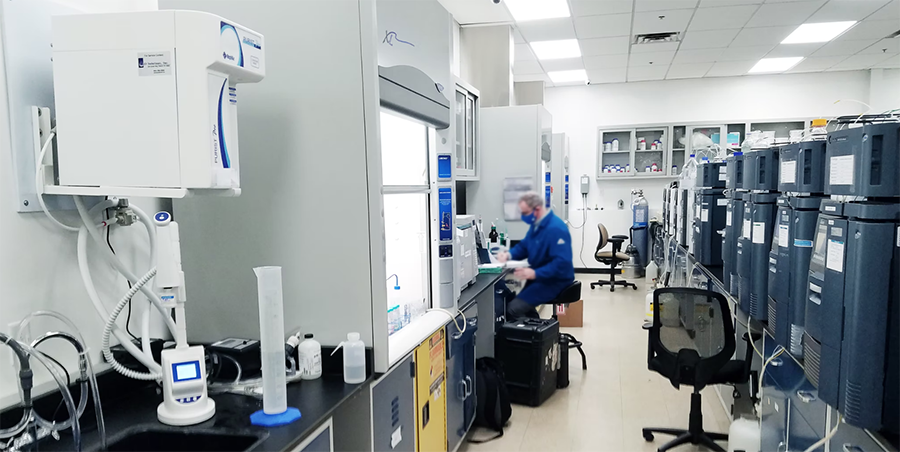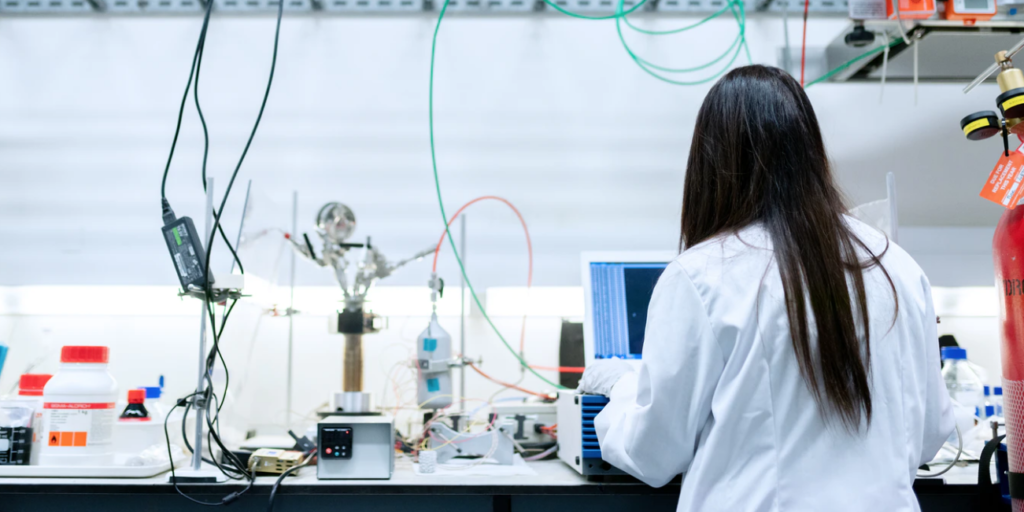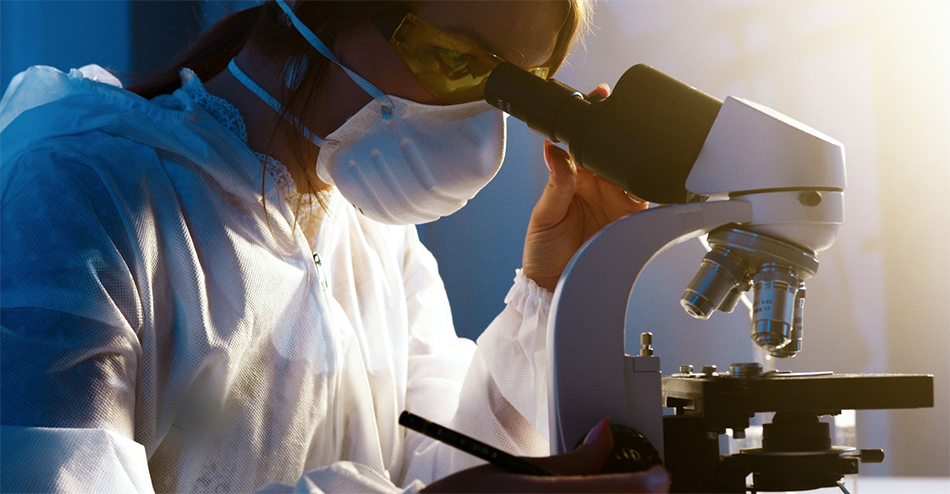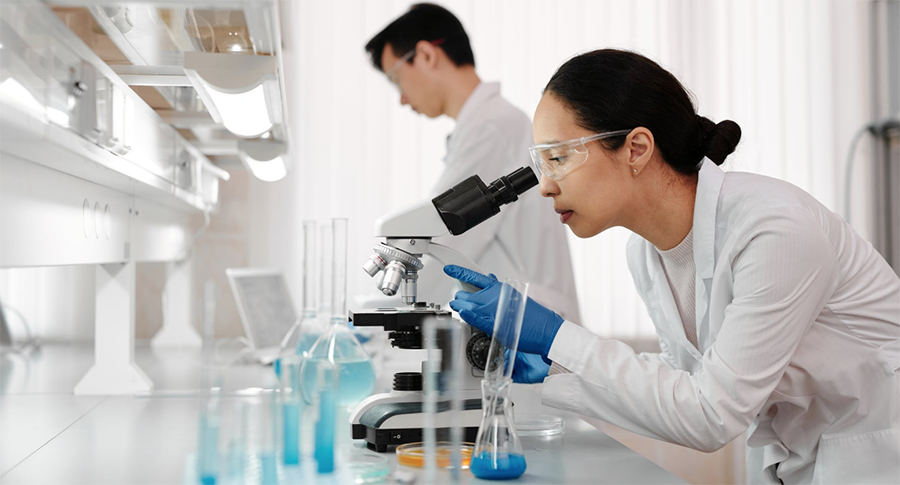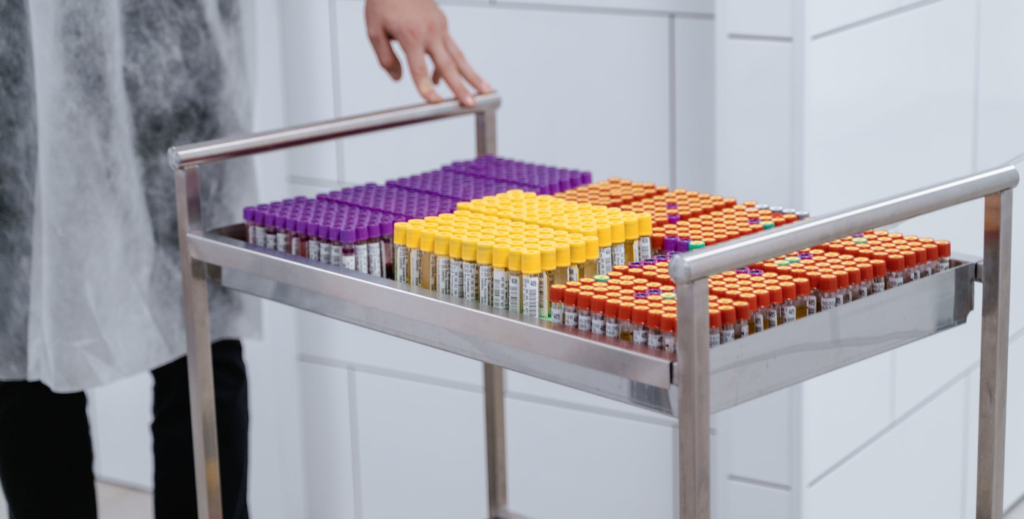
The biotechnology industry is ever-changing, evolving to improve the quality of life through research, digitization, advancements in preventive medicine, genetics, and more. Here are five industry trends for 2022 that will impact the lives of millions across the globe.
1. Decreasing Drug Approval Times
There will be important changes to drug approval times, designed to decrease the long FDA approval timelines. Clinical trials and drug testing timeframes are expected to be aided with improved technologies, designed to help speed the process up and make necessary drugs more readily available to those who need them. The Real-Time Oncology Review, a pilot program created to help streamline and speed up the approval of cancer related treatments, is one example of this new and improved process.
2. P4 Medicine Will Continue to Evolve
P4 (predictive, preventative, personalized, and participatory) medicine will use new insights into AI data, human genetics, individual medical histories, environment, and a deeper look into blood and other testing results to formulate treatment plans specific to the individual. P4 medicine is proactive, not reactive, and focuses on wellness as much as disease processes. Embracing P4 medicine will mean identifying health risks early enough for positive intervention.
3. Increased Digital and Remote Patient Assessments and Treatment Plans
Businesses have embraced digital transformation for years, with 2020 and 2021 seeing a huge boost in remote and automated technologies. Medicine has followed suit, with a surge in telemedicine. Remote office visits, assessments, diagnosis, and treatment have become the norm, and this strategic approach to medicine is showing no signs of slowing throughout 2022. Medications can be prescribed through various online platforms, making end-to-end virtual medicine well within reach for millions.
4. Remote Patient Monitoring (RPM) Opportunities will Expand Even More
Remote Patient Monitoring connects the patient with a healthcare provider to provide real-time results of treatment plans in chronically ill patients, including those with hypertension and diabetes. This technology is becoming even more crucial for aging populations. RPM is a win-win, for the patients who receive timely interactions with health professionals, and the healthcare facilities who are reporting drastically reduced emergency room visits and hospitalizations.
5. Advancements in Genetic Research Tech
One of the most exciting biotechnology trends in 2022 will be the advancements in genetic research technology and the role this research will have in proactively treating patients using genome features like DNA. Using the patient’s individual genetic markers will allow a highly specific risk assessment and preventative treatment plan.
6. Advancements in Telemedicine, Devices, and Remote Patient Monitoring Raises Cybersecurity Concerns
While advancements in digital medicine platforms are welcome, they bring their own set of concerns. Any technology that is capable of being accessed, whether online or in the cloud, is capable of being hacked. Cybersecurity will be taking center-stage in the midst of evolving remote technologies. In the middle of these concerns is patient privacy at every step, from the manufacturer to the consumer.
Despite challenges facing it, the biotech industry will continue to evolve throughout 2022, bringing exciting new technologies, treatment platforms, pharmaceuticals, and research developments that will impact people throughout the world.


